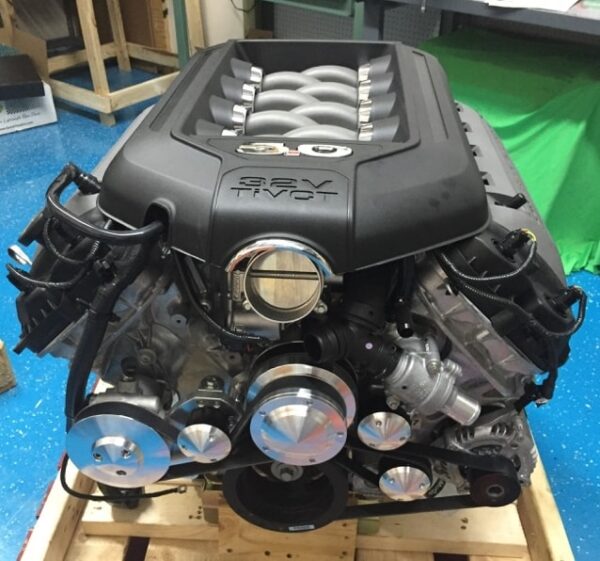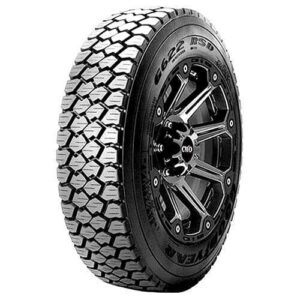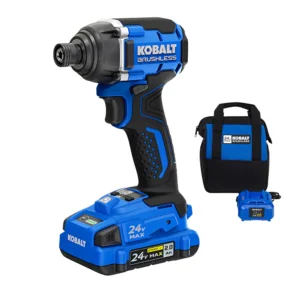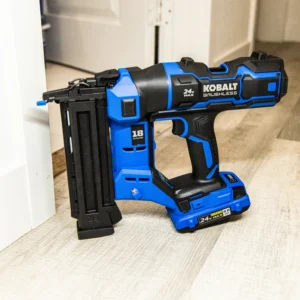coyote 5.0 engine for sale
If you’re a performance enthusiast, chances are you’ve heard of the Coyote 5.0 engine—Ford’s modern-day V8 marvel. This engine is a favorite among Mustang fans, hot-rodders, and swap lovers alike for its impressive power, advanced technology, and rock-solid reliability. Whether you’re looking for a Coyote 5.0 engine for sale to upgrade your ride or complete a swap project, this comprehensive guide will walk you through everything you need to know.
Coyote 5.0 Engine for Sale: The Ultimate Guide to Buying Ford’s Powerhouse V8
If you’re a performance enthusiast, chances are you’ve heard of the Coyote 5.0 engine—Ford’s modern-day V8 marvel. This engine is a favorite among Mustang fans, hot-rodders, and swap lovers alike for its impressive power, advanced technology, and rock-solid reliability. Whether you’re looking for a Coyote 5.0 engine for sale to upgrade your ride or complete a swap project, this comprehensive guide will walk you through everything you need to know.
Table of Contents
-
What Is the Coyote 5.0 Engine?
-
Key Features and Specs
-
Generations of the Coyote Engine
-
Coyote Engine Applications
-
Why Buy a Coyote 5.0 Engine?
-
Where to Find a Coyote 5.0 Engine for Sale
-
New vs. Used: Which Should You Choose?
-
Coyote Engine Swap Considerations
-
Top Vendors and Price Comparison
-
Common FAQs
-
Final Thoughts
1. What Is the Coyote 5.0 Engine?
The Coyote engine is a 5.0-liter V8 designed by Ford, initially released in 2011 as part of the Modular engine family. It powers the Mustang GT and the F-150 and is widely celebrated for its combination of raw horsepower and modern performance technology like dual overhead cams and variable valve timing.
2. Key Features and Specs
The Coyote 5.0 engine is packed with innovations that make it ideal for performance builds. Key specifications include:
| Feature | Specification |
|---|---|
| Displacement | 5.0 Liters |
| Configuration | V8 |
| Fuel System | Sequential multi-port fuel injection (DI in Gen 3) |
| Valvetrain | DOHC with Ti-VCT |
| Horsepower | 412–480 hp (depending on the year) |
| Torque | 390–420 lb-ft |
| Redline | ~7,000 RPM |
| Compression Ratio | 11.0:1 to 12.0:1 |
Its lightweight aluminum block and forged internals make it a favorite for high-horsepower builds and engine swaps.
3. Generations of the Coyote Engine
There are three primary generations of the Coyote engine, each offering improved performance and technology:
Gen 1 (2011–2014)
-
First Coyote engine, debuted in the Mustang GT.
-
412 hp and 390 lb-ft of torque.
-
Uses port fuel injection.
Gen 2 (2015–2017)
-
Improved heads, intake manifold, and valves.
-
435 hp and 400 lb-ft of torque.
-
Found in S550 Mustangs.
Gen 3 (2018–Present)
-
Direct and port fuel injection.
-
Plasma arc cylinder liners.
-
460+ hp, with higher redline and improved efficiency.
4. Coyote Engine Applications
The Coyote engine powers various vehicles and is also used extensively in:
-
Ford Mustang GT (2011–present)
-
Ford F-150 (2011–present)
-
Ford Performance crate engines
-
Restomod builds (classic Mustangs, Broncos, F100s)
-
Hot rods and kit cars
-
Engine swaps (Miatas, Fox-body Mustangs, vintage cars)
5. Why Buy a Coyote 5.0 Engine?
Here’s why the Coyote 5.0 is one of the best V8s for sale today:
✅ Proven Performance
Coyote engines deliver reliable high horsepower—stock or modified.
✅ Modern Tech
With dual overhead cams and variable valve timing, they offer the performance of exotic engines at a lower cost.
✅ Swap-Ready
With countless aftermarket support and swap kits available, dropping a Coyote into another chassis has never been easier.
✅ Durable
Forged internals and high-revving nature make them strong candidates for boosted setups.
✅ Resale Value
A car equipped with a Coyote engine often enjoys increased resale value.
6. Where to Find a Coyote 5.0 Engine for Sale
If you’re ready to buy, here are the top places to find a Coyote engine:
🔹 Ford Performance Parts
-
Offers brand-new crate engines.
-
Includes warranty and performance specs.
-
Example: M-6007-M50C crate engine.
🔹 Salvage Yards / Recyclers
-
Pull-outs from wrecked Mustangs and F-150s.
-
Usually cheaper, but condition varies.
🔹 Online Marketplaces
-
eBay Motors, Craigslist, Facebook Marketplace.
-
Look for complete takeout packages (engine + ECU + harness).
🔹 Engine Retailers
-
JDM Engines, Powertrain Products, Fraser Engines, etc.
-
Often remanufactured or used with warranties.
🔹 Specialty Shops
-
Companies like Coyote Swap, Lethal Performance, CJ Pony Parts, and Detroit Muscle offer full swap kits.
7. New vs. Used: Which Should You Choose?
🆕 New Crate Engine
-
Pros: Warranty, zero miles, modern upgrades.
-
Cons: Expensive (~$8,000–$15,000+).
🔁 Used Engine
-
Pros: Affordable, easy to find.
-
Cons: Unknown condition, may require rebuild.
🔨 Remanufactured
-
Pros: Like new, often includes warranty.
-
Cons: Costs more than used, less than new.
If you have the budget, a crate engine offers peace of mind and a fresh start. But for those on a tight budget, a used or remanufactured Coyote 5.0 is still an excellent choice.
8. Coyote Engine Swap Considerations
A Coyote swap can significantly boost your vehicle’s performance—but it’s not a plug-and-play project. Here’s what you’ll need:
🧰 Essential Components:
-
Engine
-
ECU and wiring harness
-
Transmission (6-speed manual or 10R80 automatic)
-
Engine mounts
-
Exhaust headers
-
Cooling system upgrades
-
Driveshaft, fuel system, and throttle pedal (for DBW)
📌 Challenges:
-
Size: Coyote engines are wider than old-school 302s.
-
Wiring: Modern electronics require tuning or plug-and-play solutions.
-
Cost: Expect to spend $10,000–$20,000+ for a complete swap.
Still, the performance gains make it worth every dollar for enthusiasts.
9. Top Vendors and Price Comparison
| Vendor | Engine Type | Price Range | Notes |
|---|---|---|---|
| Ford Performance | Crate (New) | $9,000–$15,000 | Best quality, includes warranty |
| eBay Motors | Used/Takeout | $3,500–$9,000 | Check seller ratings |
| LKQ Pick Your Part | Used | $2,500–$6,000 | Limited warranty |
| Powertrain Products | Reman | $5,500–$10,000 | Includes warranty |
| Lethal Performance | New/Swap Kits | $8,500+ | Includes accessories |
Always verify the engine code, VIN, mileage, and compression test results before purchase.
Common FAQs
❓ What vehicles come with a Coyote 5.0 engine?
-
Mustang GT (2011+)
-
Ford F-150 (2011+)
-
Ford Performance crate engines
❓ How much horsepower does a stock Coyote make?
-
Ranges from 412 hp to 480 hp, depending on the generation.
❓ Can I turbocharge or supercharge a Coyote engine?
Yes! Coyotes are strong enough for forced induction. With proper internals and tuning, they can handle 700–1,000+ hp.
❓ Are Coyote engines reliable?
Absolutely. When maintained properly, they can last 150,000+ miles.
❓ What’s better: LS vs. Coyote?
Both have pros and cons. Coyotes offer more revs and modern tech, while GM LS engines tend to be cheaper and smaller.
❓ Do I need a special transmission for a Coyote swap?
You can use either the MT82 manual, TR-3160, TREMEC, or 10R80 automatic. Many kits also allow T56 Magnum swaps.






There are no reviews yet.